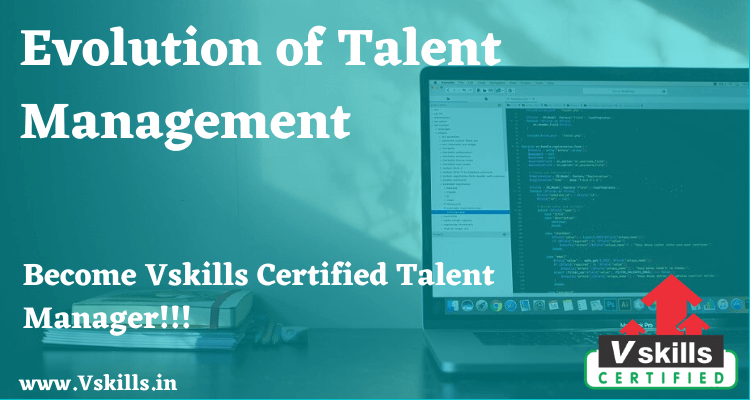Evolution of Talent Management– To understand why Talent Management has become so important, we must first look at the evolution of corporate HR.
Stage 1: Personnel Department:
In the 1970s and 1980s the business function which was responsible for people was called “The Personnel Department.” The role of this group was to hire people, pay them, and make sure they had the necessary benefits. The systems which grew up to support this function were batch payroll systems. In this role, the personnel department was a well understood business function.
Stage 2: Strategic HR:
In the 1980s and 1990s organizations realized that the HR function was in fact more important – and the concepts of “Strategic HR” emerged. During this period organizations realized that the VP of HR had a much larger role: recruiting the right people, training them, helping the business design job roles and organization structures (organization design), develop “total compensation” packages which include benefits, stock options and bonuses, and serving as a central point of communication for employee health and happiness.
The “Head of Personnel” became the “VP of HR” and had a much more important role in business
strategy and execution. The systems which were built up to support this new role include recuiting and applicant tracking (ATS), portals, total compensation systems, and learning management
systems. In this role, the HR department now became more than a business function: it is a business partner, reaching out to support lines of business.
Stage 3: Talent Management:
We are now entering a new era: the emergence of “Talent Management.” While strategic HR continues to be a major focus, HR and L&D organizations are now focused on a new set of strategic issues:
- How can we make our recruiting process more efficient and effective by using “competency-based” recruiting instead of sorting through resumes, one at a time?
- How can we better develop managers and lead ers to reinforce culture, instill values, and create a sustainable “leadership pipeline?”
- How do we quickly identify competency gaps so we can deliver training, e-learning, or development programs to fill these gaps? How can we use these gaps to hire just the right people?
- How do we manage people in a consistent and measurable way so that everyone is aligned, held accountable, and paid fairly?
- How do we identify high performers and successors to key positions throughout the organization to make sure we have a highly flexible, responsive organization?
- How do we provide learning that is relevant, flexible, convenient, and timely?
These new, more challenging problems require new processes and systems. They require tigher integration between the different HR silos — and direct integration into line of business management processes. Today organizations are starting to buy, build, and stitch together performance management systems, succession planning systems, and competency management systems. The HR function is becoming integrated with the business in a real-time fashion.



